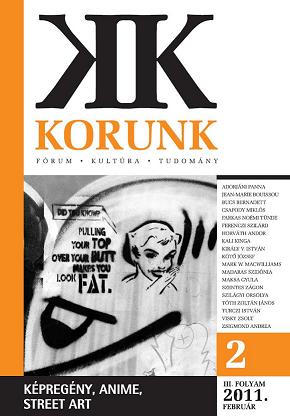Politikum és esztétikum
Politics and Aesthetics
Author(s): József KotoSubject(s): Theatre, Dance, Performing Arts
Published by: Korunk Baráti Társaság
Keywords: theatre; Romanian communism; totalitarianism; cultural revolution; János Taub; Theatre of Szatmár; „censor war”; mental drama; Bulandra Theatre (Bucharest); Liviu Ciulei; „l’homme libre” movement; György Harag; András Sütő; Theatre of Nagyvárad (Oradea)
Summary/Abstract: This article discusses the fight between (theatrical) art and totalitarianism of Romanian communism. From 1971 onward, culture belonged to the system of command authority. During this period, artists searched for artistic freedom, free thinking, and inquired about people’s personality who live in absolute authority and an immoral age. The censors realized that the text and the acting were not the same, so they controlled all the performances. In spite of it, the theatrical culture was a forum which confronted dictatorship. The Transylvanian director György Harag represented the Hungarian theatre in Cluj-Napoca, his main stage effect was the play with spaces. György Harag and the drama writer András Sütő showed how to make a connection between the aesthetics and the politics.
Journal: Korunk
- Issue Year: 2011
- Issue No: 02
- Page Range: 78-86
- Page Count: 9
- Language: Hungarian

